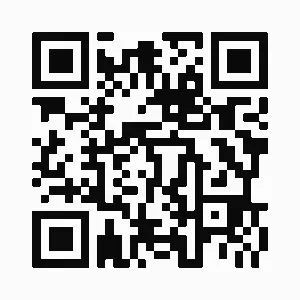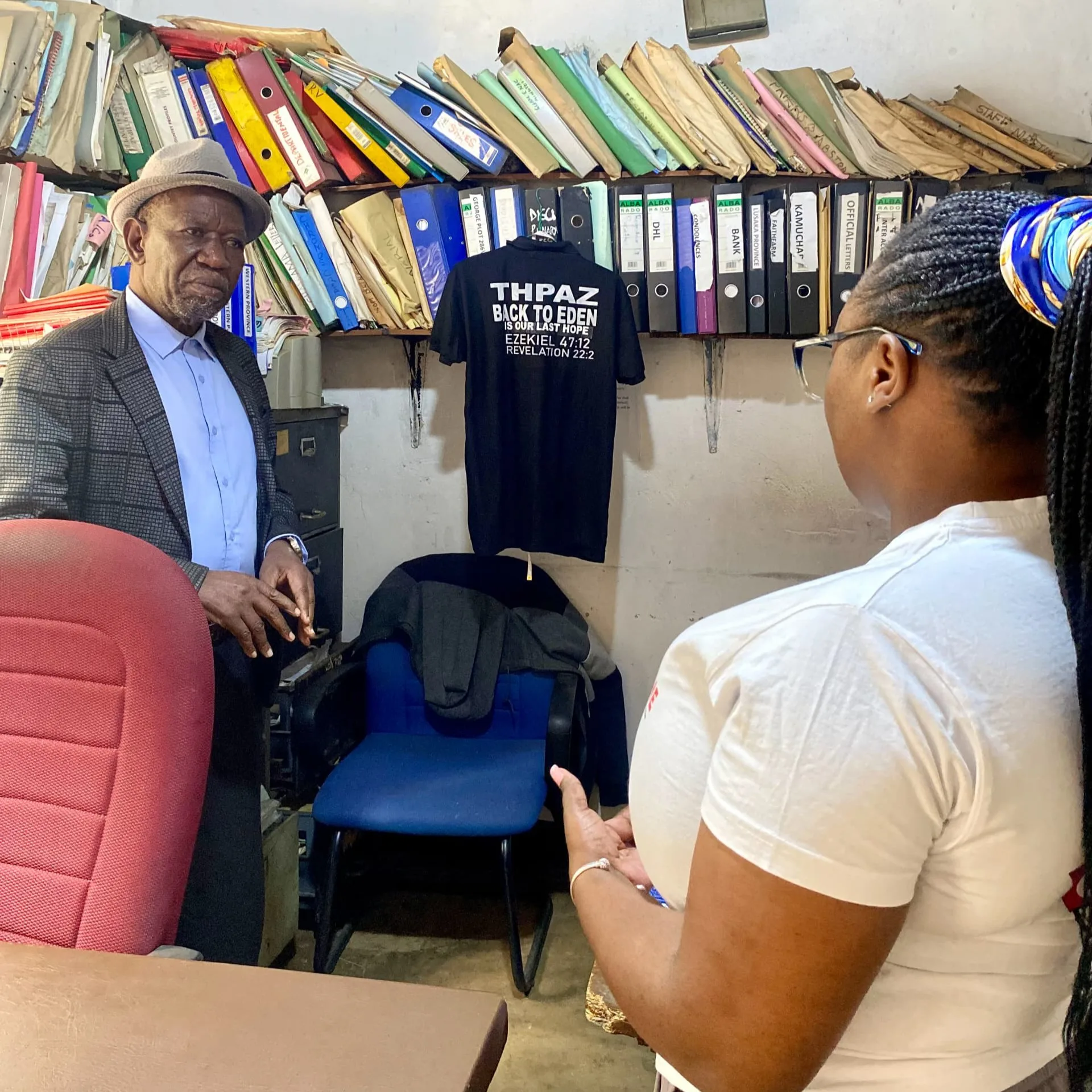By Maina Malaya
Pangolins have been shrouded in mystery, both biologically and spiritually. Often called “scaly anteaters,” they hold the unfortunate title of being the world’s most trafficked mammals. Across Asia, their scales are used in traditional medicine, and their meat is served as a rare delicacy. But in Zambia, the pangolin’s story is more than a tale of trade. It is about traditions, beliefs, and the role of unsung custodians who continue to hold immense influence in rural life: traditional healers.
In 2023, WCP Zambia initiated a pioneering study to understand the illegal pangolin trade in Zambia in order to inform local effective interventions. What emerged was striking. Among other drivers, cultural beliefs also played a role in the trade. This discovery led WCP into new, uncharted territory of engaging traditional healers in open, and sometimes difficult, conversations about the future of pangolins in Zambia. Together, WCP, traditional healers and other stakeholders have designed a pangolin demand reduction intervention for Solwezi District.
Traditional healers are often relied upon in Zambia, especially in rural communities where modern healthcare is limited. According to the World Health Organisation, over 80% of people in sub-Saharan Africa rely on traditional medicine for primary health needs. In Zambia, estimates suggest that more than 60% of households consult healers at some point in their lives. Their authority is both medical and spiritual as they are guides, mediators, and keepers of cultural identity.
In a conversation with Dr. Rodwell Vongo, President of the Traditional Health Practitioners Association of Zambia (THPAZ), he highlighted beliefs on pangolins and the future of the animal as far as traditional practice are concerned. “Traditionally, parts of the pangolin were used in treatments for various ailments or rituals,” He explains, “It’s important to recognise that these practices were once grounded in a belief system that valued nature. But today, we have alternatives that can fulfil the same spiritual or medicinal role without harming wildlife.”
Historically, pangolins were believed to cure ailments, enhance protection, or bring bad or good luck. The challenge today is that what was once sustainable has become destructive. Literature shows that pangolin use has shifted from local consumption to trade, driving overexploitation and shifting sourcing to Africa as Asian pangolin numbers dwindle.
With Zambia’s population exceeding 19 million and growing, the pressure on wildlife is greater than ever. Pangolins reproduce slowly, with females giving birth to only one pup a year, making them highly vulnerable to overexploitation.
“Healing practices have changed with time,” Dr. Vongo reflects. “Instead of using bones, we can use bamboo for divination and rituals. That way, we don’t have to kill a pangolin or any other animal. We can keep adapting without depleting the ecosystem.”
This kind of adaptation is already happening. Many healers now use symbolic items, such as plants or stones, to represent the qualities once attributed to animals. Such practices preserve the cultural essence while protecting endangered species. A fear that healers have is that this may be seen as abandoning culture. However, traditional healers and leaders occupy a unique position at the intersection of culture, community, and spirituality. They are educators and influencers, shaping behaviour far beyond their practices. Therefore, protecting pangolins is not about abandoning tradition or culture; it is about evolving with it.
This influence is crucial for rural communities, where enforcement alone cannot change behaviour. When a healer speaks against using pangolin parts, communities listen. When they promote alternatives, people adopt them. In this way, healers can become powerful allies in demand reduction, helping to cut off one of the drivers of illegal trade.
To the question of what you would like other healers to know about pangolins, Dr. Vongo responded, “Pangolins are protected by the laws of Zambia and globally. No one is above the law. Many healers are languishing in prison because they failed to comply with the law. Let us see ourselves as allies in conservation and powerful voices in education that bridge rural traditions with modern conservation goals.”
By embracing sustainable practices, healers can model a powerful truth, that tradition and conservation are not opposites, but allies. By adapting practices, they honour both their cultural duty and their role as healers of all creation.
WCP’s work with traditional healers reveals a profound insight: the survival of pangolins may depend as much on belief as on biology. Enforcement and science are essential, but they cannot succeed alone. It is in the hearts and practices of people, especially those with the most influence, that change truly takes root.
To support WCP’s pangolin protection efforts, scan the QR code or visit www.wildlifecrimeprevention.com



0 Comments